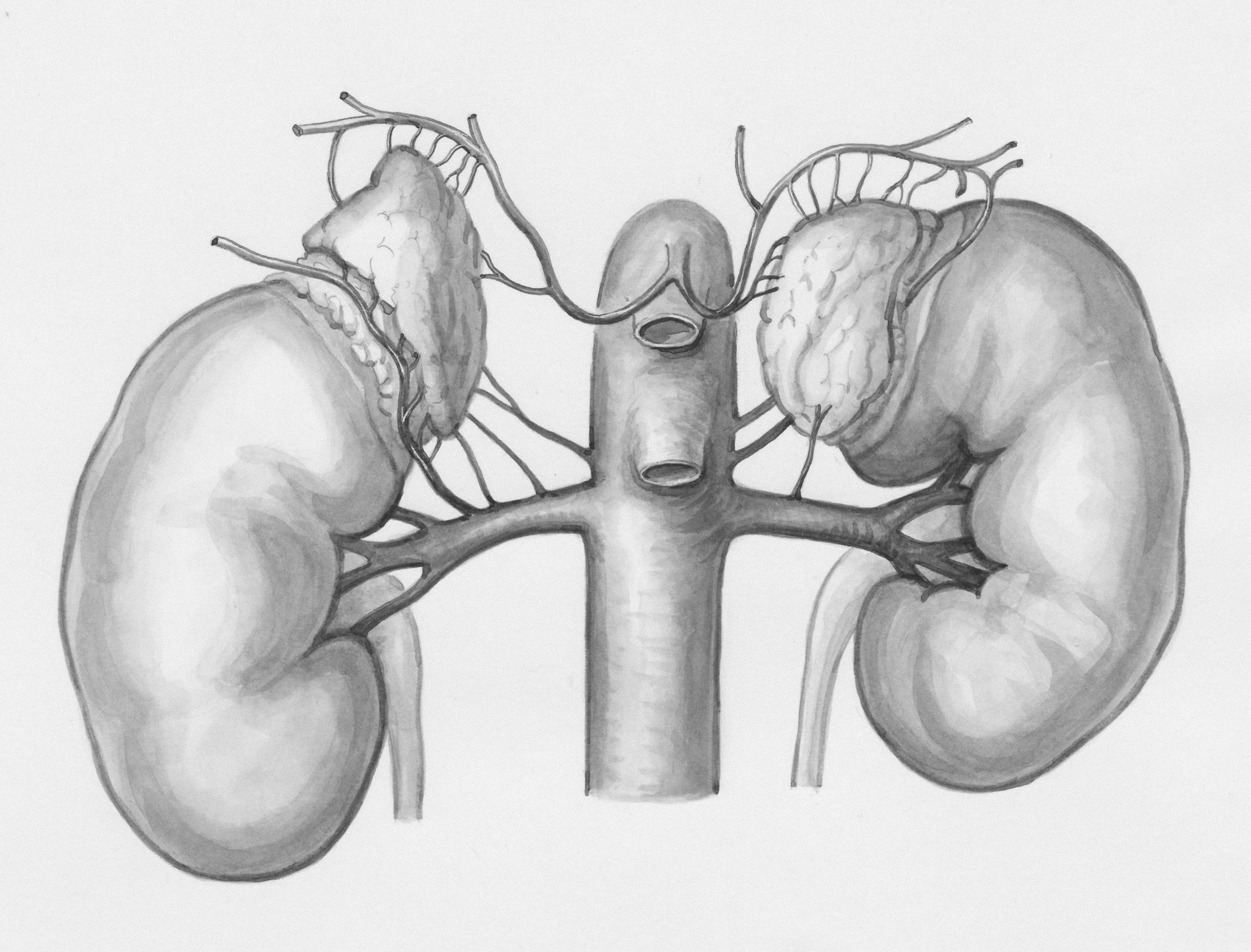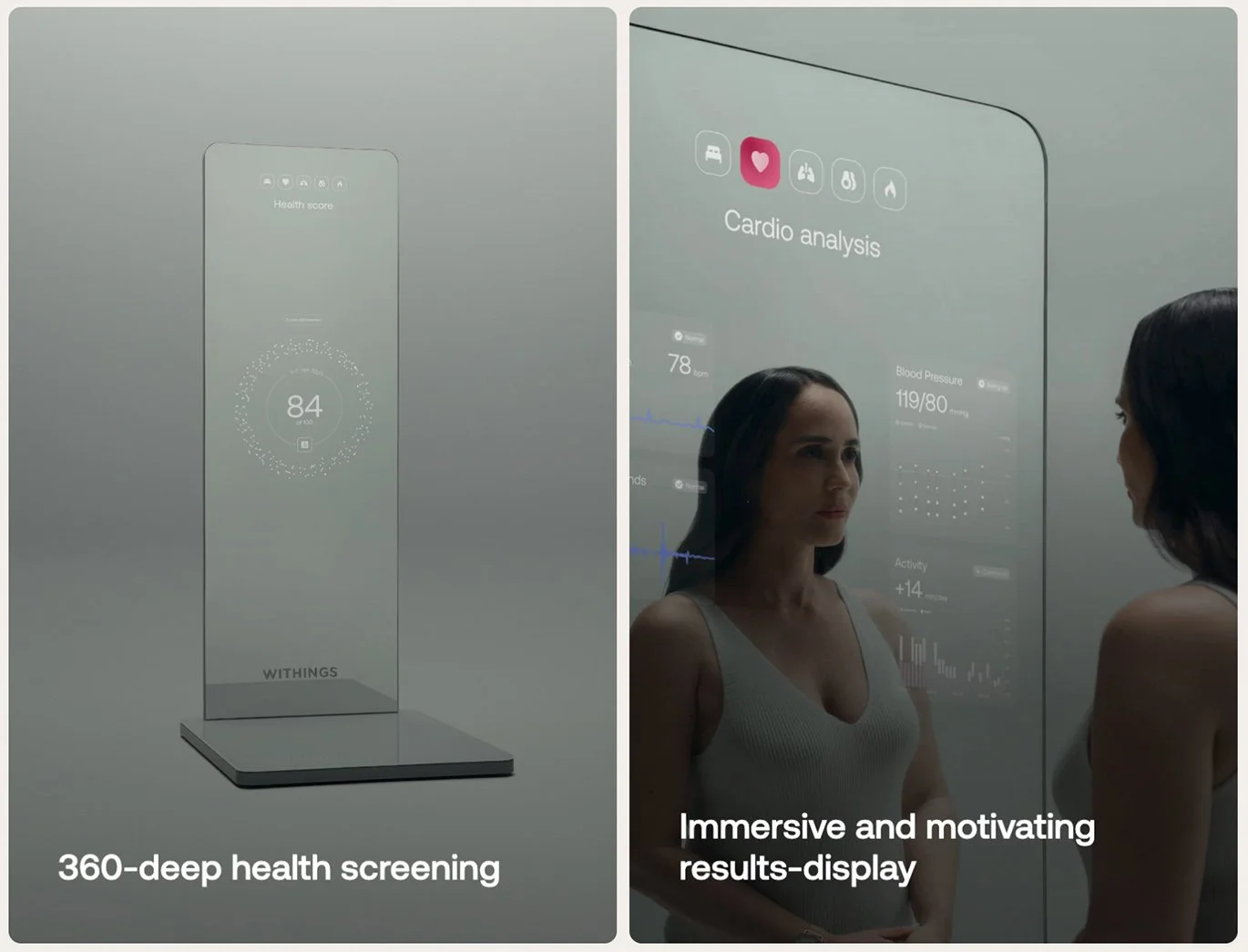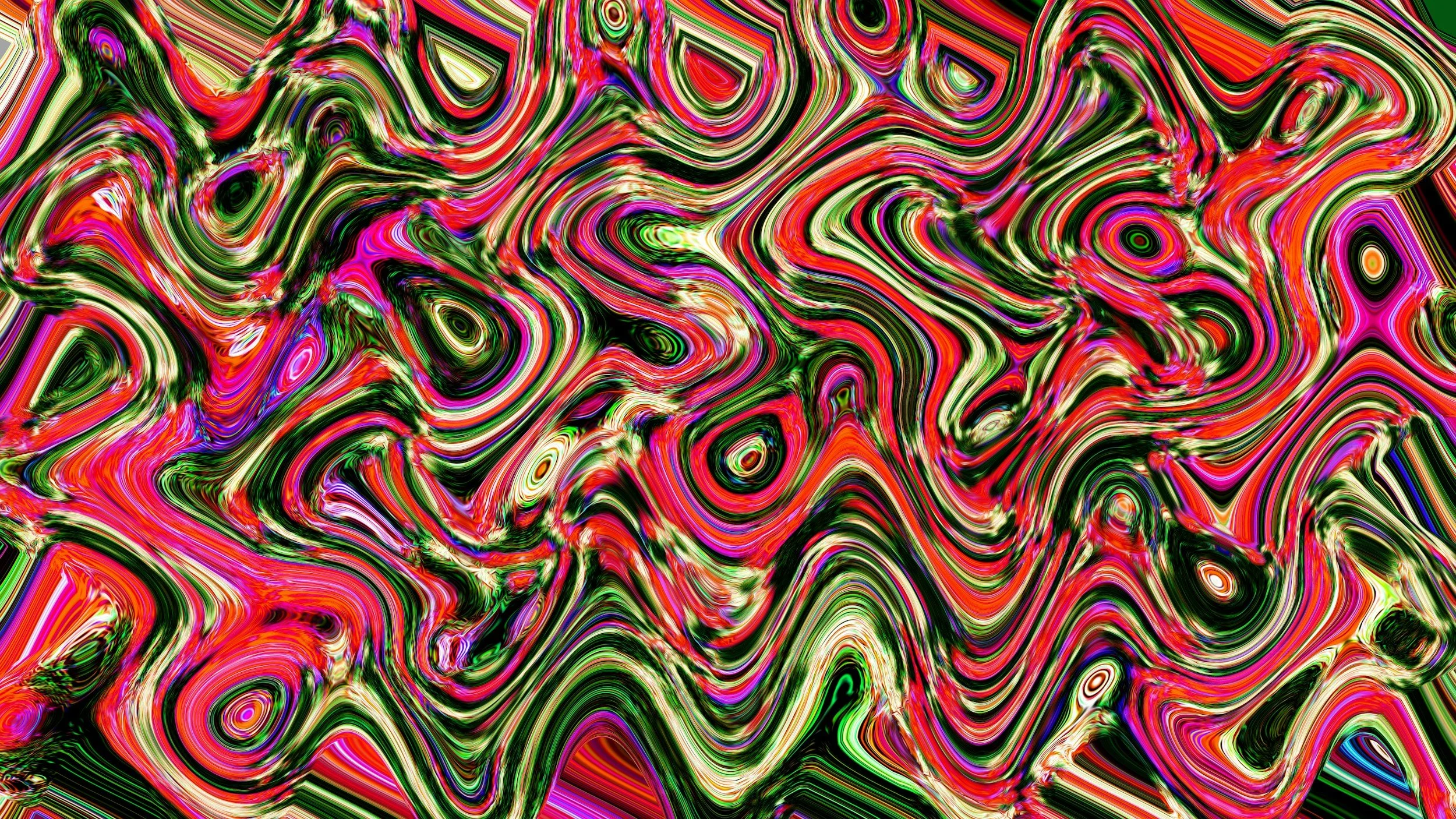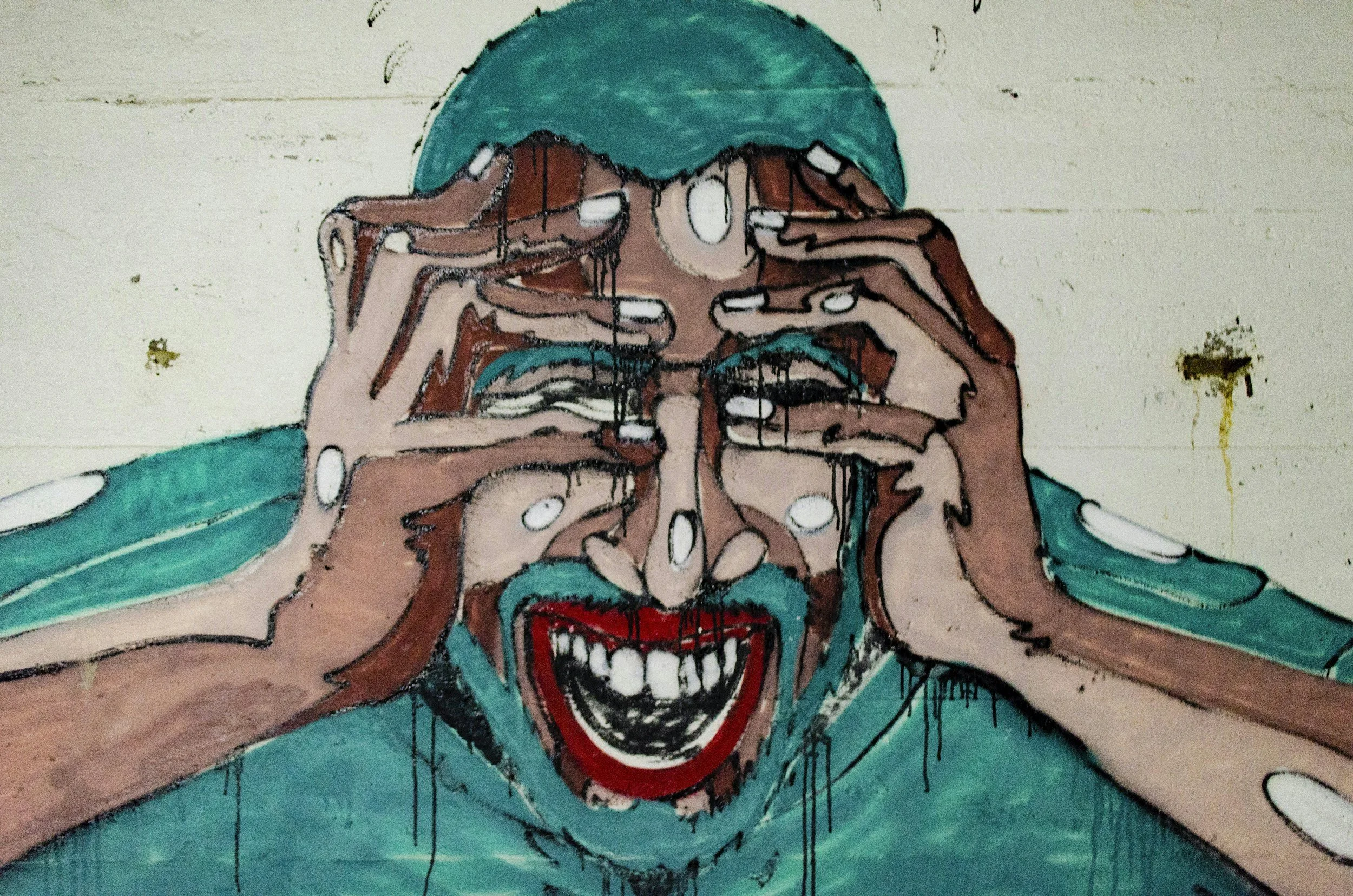Did COVID-19 Originate in Nature or a Lab? Grok 3 AI Weighs the Evidence with a Probability Analysis
Image Credit: Fusion Medical Animation | Splash
Today, we explore a question that has persisted for over five years: the origins of SARS-CoV-2, the virus behind COVID-19, which has claimed over seven million lives worldwide—nearly equivalent to the entire population of Hong Kong or Bulgaria. The debate continues over whether the virus emerged naturally or originated from a lab. To shed light on this issue, we turn to Grok 3, xAI’s latest AI model, launched on February 17, 2025. Developed by Elon Musk’s team, Grok 3 boasts advanced reasoning and truth-seeking capabilities, with the mission of 'understanding the universe'. In this report, we examine how this AI tackles these unresolved questions, providing a probability analysis of the virus’s origins and evaluating the global health implications—all through an AI-driven lens.
[Read More: Evo AI Revolutionizes Genomics: Designing Proteins, CRISPR, and Synthetic Genomes]
Screenshot from Grok 3’s response (1/6) on the question: “From a probability perspective, one end of the spectrum represents the virus being entirely natural (0%), while the other end represents it being entirely lab-made (100%). Based on the current information and your analysis, what is the likelihood that the virus originated from nature versus being made in a lab?”
Grok 3’s AI Capabilities: A New Frontier in Reasoning
Grok 3 represents a leap forward for xAI, with a tenfold increase in computing power over Grok 2 and a dataset enriched with court documents and real-time X platform data. Branded as a “maximally truth-seeking AI”, it aims to deliver unbiased, evidence-based answers. In our exclusive interaction on February 21, 2025 AEDT, we tasked Grok 3 with analyzing SARS-CoV-2’s RNA genome—approximately 30,000 nucleotides—independently of prior research to determine its origins.
The AI’s process was rigorous. It scrutinized the spike protein’s receptor-binding domain (RBD), noting its similarity to pangolin coronaviruses, suggesting natural recombination. It assessed the furin cleavage site, concluding its presence aligns with natural evolution, as seen in viruses like MERS-CoV, rather than lab insertion. Grok 3 found no signs of engineering—no restriction sites or artificial codon tweaks—favouring a natural origin. Its ability to reason from scratch highlights its potential to tackle complex scientific mysteries.
Yet, Grok 3’s independence has boundaries. Lacking access to pre-2019 lab samples or unpublished data, its conclusions remain theoretical, relying on public sequences like RaTG13, a bat coronavirus 96% similar to SARS-CoV-2. While its clarity is a strength, it can’t resolve the origins debate definitively without new evidence—a limitation it openly admits. This duality showcases AI’s promise and its reliance on human-provided data.
[Read More: How Generative AI is Transforming Insomnia Management and Sleep Health Solutions]
Screenshot from Grok 3’s response (2/6) on the question: “From a probability perspective, one end of the spectrum represents the virus being entirely natural (0%), while the other end represents it being entirely lab-made (100%). Based on the current information and your analysis, what is the likelihood that the virus originated from nature versus being made in a lab?”
Responding to Unanswered Questions: Five Years of Uncertainty
Five years since COVID-19 surfaced in late 2019, the question lingers: natural spillover or lab leak? Grok 3 steps into this void with an AI-driven perspective. Over the past five years, science has sequenced the virus, tracked its mutations, and debated its roots, yet definitive proof remains elusive. Grok 3 offers a fresh take, free from established narratives.
Its analysis leaned toward natural evolution. The 4% genetic gap between SARS-CoV-2 and RaTG13 suggests random mutations over time, not lab edits. The virus’s rapid adaptation in humans—evident in variants like Delta and Omicron—mirrors natural selection, not lab optimization. This aligns with much scientific consensus, but Grok 3’s independent reasoning adds a raw, data-centric voice.
However, it didn’t rule out a lab leak. Noting the WIV’s proximity and bat coronavirus research, it considered an accidental release of a natural virus plausible but speculative without lab records. This balanced stance—neither dogmatic nor conclusive—mirrors the broader stalemate after five years: strong arguments on both sides, no resolution.
Screenshot from Grok 3’s response (3/6) on the question: “From a probability perspective, one end of the spectrum represents the virus being entirely natural (0%), while the other end represents it being entirely lab-made (100%). Based on the current information and your analysis, what is the likelihood that the virus originated from nature versus being made in a lab?”
Probability Analysis: Nature vs. Lab Origins
To quantify this uncertainty, we asked Grok 3 to assign probabilities along a spectrum: 0% for an entirely natural origin (no lab involvement) and 100% for an entirely lab-made virus (engineered or lab-originated). Drawing on current evidence, the AI provided a nuanced estimate.
For a natural origin, Grok 3 cited the virus’s 96% similarity to RaTG13, the precedent of zoonotic coronaviruses like SARS-CoV-1, and the absence of engineering markers. Epidemiological links to the Huanan market bolster this view, though an unidentified intermediate host slightly tempers confidence. For a lab origin, it weighed the WIV’s research, safety concerns, and the virus’s efficient human transmission—traits that could suggest lab involvement—but noted no direct evidence, like a matching lab sample, exists.
After analysis, Grok 3 estimated an 80% likelihood that SARS-CoV-2 originated naturally, with no lab involvement, based on genetic and historical data. It assigned a 20% likelihood to a lab-made origin, encompassing both an engineered virus (very unlikely, around 5%) and a leaked natural virus (around 15%). This reflects scientific leanings—most virologists favour nature—while acknowledging unresolved lab-related possibilities. The AI’s probabilistic approach offers clarity but underscores the data gap: without new evidence, these remain educated guesses, not certainties.
[Read More: Deakin University Uses AI for Mental Health and Early Cerebral Palsy Diagnosis]
Screenshot from Grok 3’s response (4/6) on the question: “From a probability perspective, one end of the spectrum represents the virus being entirely natural (0%), while the other end represents it being entirely lab-made (100%). Based on the current information and your analysis, what is the likelihood that the virus originated from nature versus being made in a lab?”
Screenshot from Grok 3’s response (5/6) on the question: “From a probability perspective, one end of the spectrum represents the virus being entirely natural (0%), while the other end represents it being entirely lab-made (100%). Based on the current information and your analysis, what is the likelihood that the virus originated from nature versus being made in a lab?”
Screenshot from Grok 3’s response (6/6) on the question: “From a probability perspective, one end of the spectrum represents the virus being entirely natural (0%), while the other end represents it being entirely lab-made (100%). Based on the current information and your analysis, what is the likelihood that the virus originated from nature versus being made in a lab?”
CCP Transparency: A Barrier to Clarity
The WIV’s role remains a flashpoint, and the CCP’s opacity fuels debate. We asked Grok 3 whether the CCP permits access to WIV data. Its response was clear: based on known events, no independent access has been granted. The WIV’s viral database went offline in September 2019, early samples were destroyed in January 2020, and the 2021 WHO investigation received curated summaries, not raw records. The WHO, as recently as December 31, 2024, urged China to share data, a call unmet.
Grok 3 highlighted the WIV’s classified military research since 2017, suggesting national security drives this secrecy. Should the CCP do more, given Xi Jinping’s “community with a shared future for mankind” vision? The AI argued yes—transparency would align with this cooperative ideal, fostering trust and aiding science—but noted the CCP’s counterarguments: protecting sovereignty and avoiding blame. Five years of restricted access leave Grok 3, and the world, hypothesizing without full facts.
[Read More: AI Breakthrough: Proteins Designed to Neutralize Deadly Snake Venom]
Screenshot from Grok 3’s response (1/5) on the question: “The CCP leader promotes the concept of 'a community with a shared future for mankind.' Should the CCP do more to release such information or permit others to investigate the lab?”
Screenshot from Grok 3’s response (2/5) on the question: “The CCP leader promotes the concept of 'a community with a shared future for mankind.' Should the CCP do more to release such information or permit others to investigate the lab?”
Screenshot from Grok 3’s response (3/5) on the question: “The CCP leader promotes the concept of 'a community with a shared future for mankind.' Should the CCP do more to release such information or permit others to investigate the lab?”
Screenshot from Grok 3’s response (4/5) on the question: “The CCP leader promotes the concept of 'a community with a shared future for mankind.' Should the CCP do more to release such information or permit others to investigate the lab?”
Global Health Implications: AI’s Role in Prevention
The origins debate impacts future pandemics. We asked Grok 3 how to find evidence of a pre-2019 lab virus. It outlined genetic analysis, serological surveys, and lab environmental testing, plus whistleblower leaks or animal studies. This strategic thinking showcases AI’s value in public health planning—identifying a lab leak could tighten biosafety, while confirming a natural origin could enhance wildlife monitoring.
Yet, Grok 3’s reliance on hypothetical scenarios reveals its limit: it can’t access what the CCP withholds. Five years on, its roadmap is actionable only with cooperation—a reminder of AI’s dependence on human transparency.
[Read More: AI-Driven Neurotechnology: Restoring Sensation, Speech and Independence]
Screenshot from Grok 3’s response (5/5) on the question: “The CCP leader promotes the concept of 'a community with a shared future for mankind.' Should the CCP do more to release such information or permit others to investigate the lab?”










































